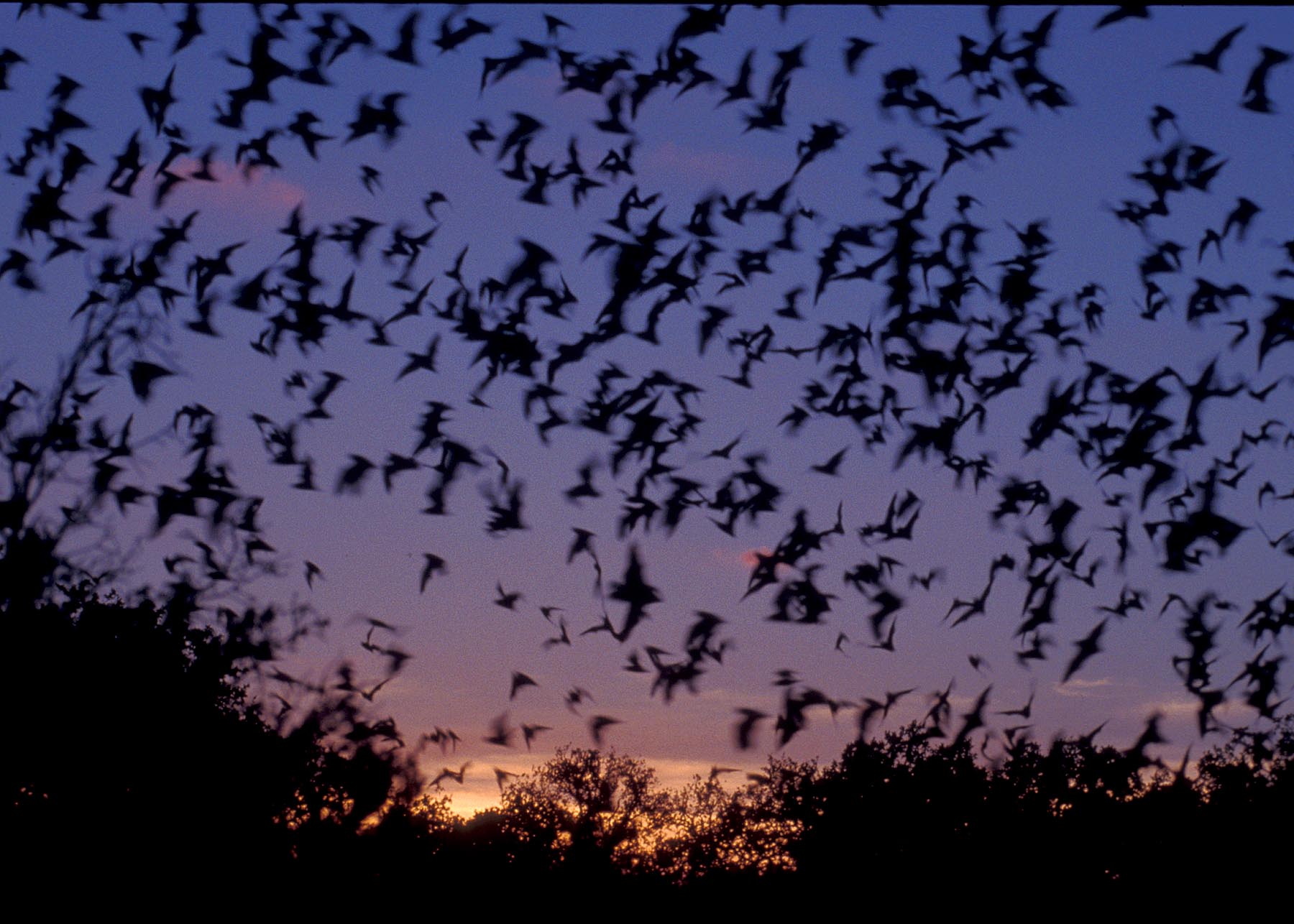Bats Fight Japan November 28, 2010
Author: Beach Combing | in : Contemporary , trackback Beachcombing recently described the possible Byzantine use of weaponised crows soaked in pitch and wondered aloud whether other birds or flying creatures had been employed by ancient or medieval armies.
Beachcombing recently described the possible Byzantine use of weaponised crows soaked in pitch and wondered aloud whether other birds or flying creatures had been employed by ancient or medieval armies.
And, almost immediately, like an answer from heaven, he got three emails pointing him to a wonderful story that he’d never heard before: kudos to Ostrich (a bizarrist of the highest quality), Rick from the Anomalist and Steve W. from Australia who all nodded to the bat bombs of the Second World War.
Beachcombing has been reading ever since and is still shaking his head at the insane weirdness of it all.
The bat bombs were the brain child of a US dental surgeon, Lytle S. Adams in the period after Pearl Harbour – dentists rate in the ranks of evil somewhere between sociologists and Caribbean dictators.
LSA had been impressed by bats on a recent holiday to the south-western states and asked himself (as you do) whether these beautiful creatures could not be employed for the war effort, especially since bats can lift up to three times their own body weight. Could a bat even be persuaded to carry a small-timed explosive, be released over Japan and then convinced into roosting in local houses where the incendiary would go off? In LSA’s wet dream of destruction, thousands upon thousand of bats carrying sticks of dynamite and the Stars and Stripes would have made an inferno of Japan’s wooden cities.
The US military authorities were all ears and pushed ahead with testing and, from January 1942 to August 1944, thousands of bats, a lot of US military property and absolutely no Japanese houses were destroyed.
The Mexican free-tailed bat – hardly an autarchic choice – was nominated for the task. These were captured in their caves and then hibernated (note the unusual active verb) by being placed in refrigerated conditions. A surgical clip on their chest attached the bomb to the sleeping bats by a piece of string. They were then loaded into containers that changed through development and that ranged from flimsy cardboard boxes to huge canisters capable of containing a million bats. The bat would – at least theoretically – fly off from the container as it fell towards the ground – parachutes were deployed for the canisters – and, again theoretically, they would flap their way into the eaves of Japanese housing until… bang/fire/fire-service/conflagration/surrender/America GIs singing ‘The Star Spangled Banner’ in Kyoto.
The bats, however, reacted with an almost unbelievable lack of patriotic fervour. Some refused to wake up from their artificially-induced hibernation and were found dead on the ground after test raids. Others flew away and paid no attention to mock ups of Japanese villages. Then there was a spiteful minority that worked for the enemy. These bats flew to army buildings and a general’s car causing destruction wherever they went.
The bat bomb project was finally cancelled in August 1944 with not a single fire on Japanese soil having been caused, leaving behind it irritated RandD death-dealers, a melancholy dentist and the spirits of tens of thousands of pissed-off flying mammals.
All in all it might have been cheaper to have paid the Japanese government to burn some of their own houses down.
Beachcombing has struck a slightly jocular tone here but the bat bombs would, if the war had gone on until 1947, have likely been workable, especially given the material out of which so many Japanese houses were made – wood, paper… Whether it would have been ‘right’ as far as the Japanese, the American taxpayer and the bats were concerned is, of course, another question.
Beachcombing will turn, on another day, to American experiments with pigeon bombers… Then there were the Polish anti-tank dogs and the submarine hunting dolphins. Any other animal weapons from the Second World War? drbeachcombing @ yahoo DOT com
***
24 May 2011: Steve W writes in with an extraordinary reference to the potential use of crows in hunting down wanted criminals. Thanks Steve!


